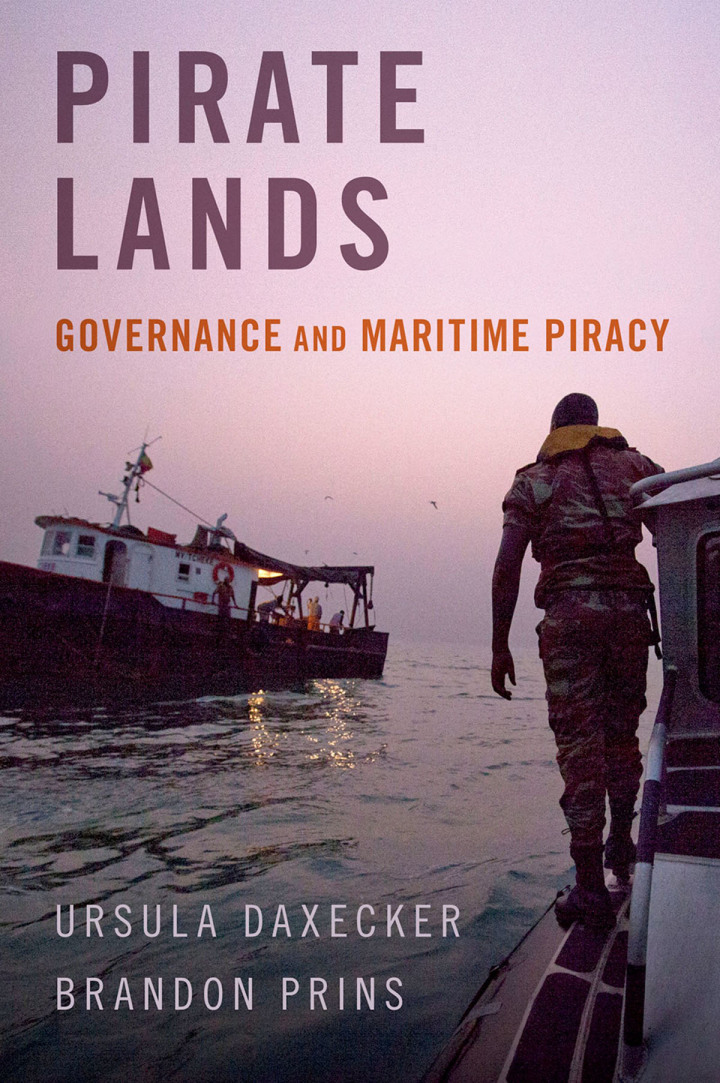Pirate Lands 1st Edition Governance and Maritime Piracy
$28.60
Attention: This is just ebook, Access Codes or any other Supplements excluded! / File Delivery: Sent Via Email within 24 hours!
SKU: b31df6f8b294
Category: Law Textbooks
Description
-
Author(s)Ursula Daxecker; Brandon Prins
-
PublisherOxford University Press
-
FormatPDF
-
Print ISBN
9780190097394, 0190097396 -
eText ISBN
9780190097394, 0190097396 -
Edition1st
-
Copyright
- Details
Maritime piracy’s improbable re-emergence following the end of the Cold War was surprising as the image of pirates evokes masted galleons and cutlasses. Yet, the number of incidents and their intensity skyrocketed in the 1990s and 2000s off of the coasts of Indonesia, Malaysia, the Philippines, India, Bangladesh, Nigeria, and Somalia.As Ursula Daxecker and Brandon Prins demonstrate in Pirate Lands, Maritime piracy-like civil war, terrorism, and organized crime-is a problem of weak states. Surprisingly, though, pirates do not operate in the least governed areas of weak states. Daxecker and Prins address this puzzle by explaining why some coastal communities experience more pirate attacks in their vicinity than others. They find that pirates do well in places where elites and law enforcement can be bribed, but they also need access to functioning roads, ports, and markets. Using statistical analyses of cross-national and sub-national data on pirate attacks in Indonesia, Nigeria, and Somalia, Daxecker and Prins detail how governance at the state and local level explain the location of maritime piracy. Additionally, they employ geo-spatial tools to rigorously measure how local political capacity and infrastructure affect maritime piracy. Drawing upon interviews with former pirates, community members, and maritime security experts, Pirate Lands offers the first comprehensive, social-scientific account of a phenomenon whose re-appearance after centuries of remission took almost everyone by surprise.
Related products
-

Antimonopoly and American Democracy 1st Edition
Rated 0 out of 5$7.80 Add to cart -

Africa’s International Investment Law Regimes 1st Edition
Rated 0 out of 5$61.75 Add to cart -

Challenges for Humanitarian Intervention 1st Edition Ethical Demand and Political Reality
Rated 0 out of 5$27.62 Add to cart -

Constituting Economic and Social Rights
Rated 0 out of 5$17.88 Add to cart

